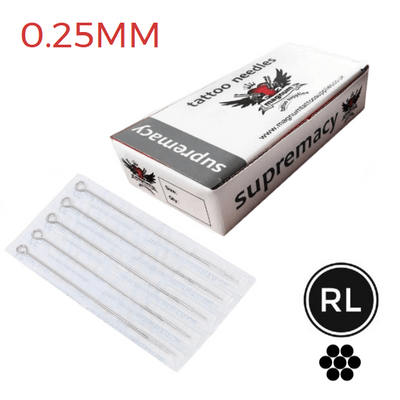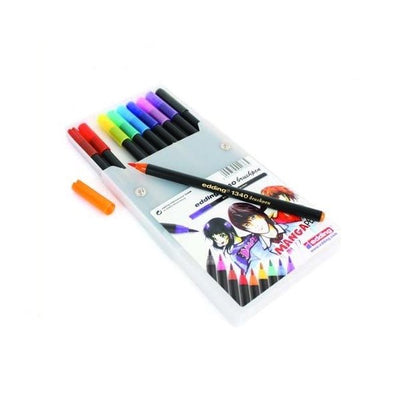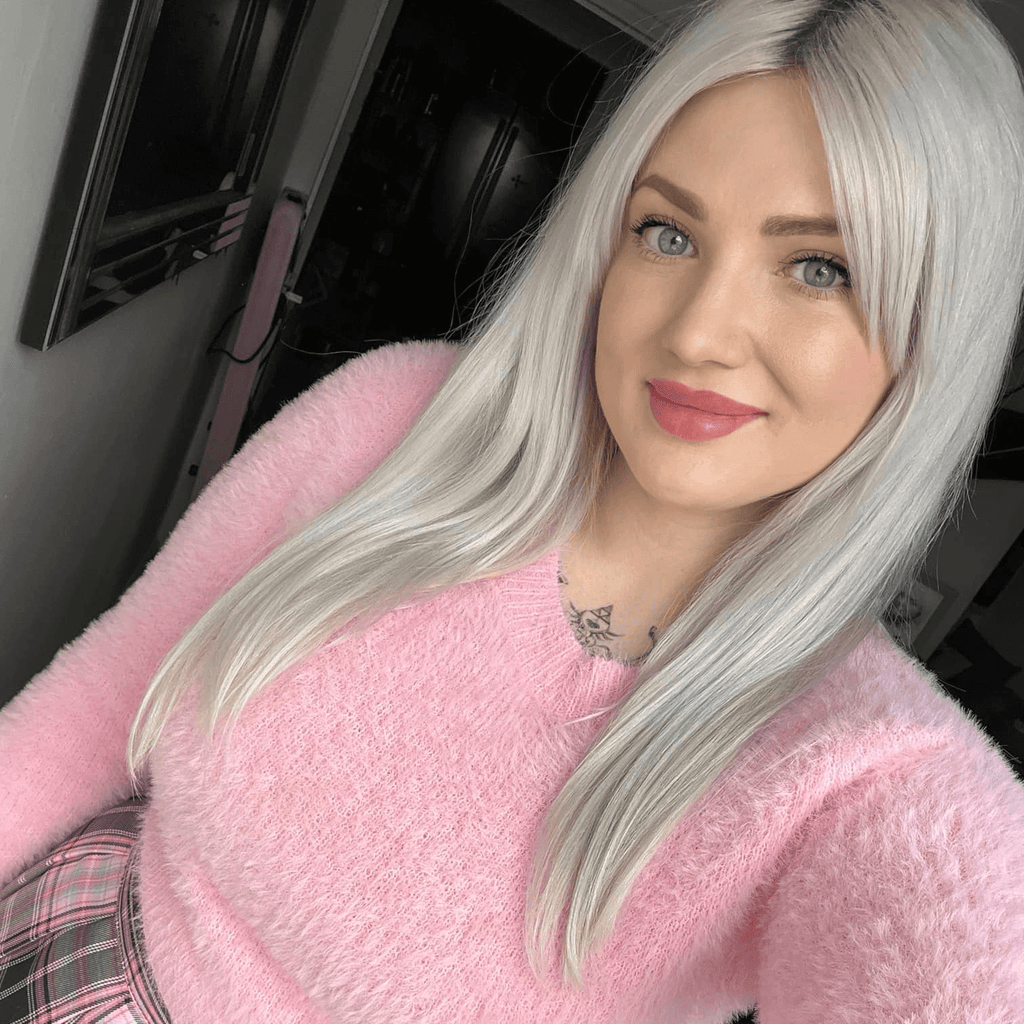In the world of tattooing, the success of a piece often hinges on the effectiveness of the client consultation. This initial meeting is not just about setting appointments or discussing prices; it's an essential platform for understanding the client's vision and setting the groundwork for a masterpiece.
So, we'll explore several techniques that can help tattoo artists enhance their consultation process and ensure successful communication.
How does good communication affect the success of client consultation?

Good communication is crucial for the success of your client consultations. It ensures that you and your clients are on the same page about the tattoo design, placement, and expectations.
By engaging in clear and open dialogue, you build rapport and trust and, which are essential for a comfortable tattoo session. Discussing the details thoroughly not only helps you capture your client's vision accurately but also leads to their greater satisfaction and fewer requests for changes.
Plus, when you provide clear aftercare instructions, you help prevent any misunderstandings that could affect the healing process. Essentially, effective communication enhances client satisfaction, encourages repeat business, and fosters positive referrals—all key to thriving in the tattooing industry.
1. Preparing for the consultation
Setting the scene
Creating the right environment for a perfect client consultation can significantly influence the comfort and openness of the discussion.
As a tattoo artist, you must ensure your studio is welcoming and professional. Keep the space clean and well-organised, and showcase some of your best work to immediately communicate your skill level and style.
Background music calming but not overpowering can also help set a relaxed atmosphere. Remember, first impressions count and the ambience of your studio plays a crucial role.
Research and preparedness
Before your client arrives, take the time to review any preliminary designs, ideas, or references they have provided. This preparation shows that you value their input and are proactive in understanding their vision.
Have your notes, previous correspondences, and any initial sketches ready. Being prepared speeds up the consultation process and builds trust and confidence in your professionalism.
Tools and resources
During the consultation, it's important to have all the necessary tools on hand. This includes your portfolio for style reference, consent forms, and any digital tools for design modifications.
Ensure everything is within easy reach to keep the meeting flowing smoothly. Having a structured system makes you look more professional and eases client nerves by showing that you're thorough and organised.
2. Key communication skills

Active listening
Active listening is crucial in understanding exactly what your client wants. Pay close attention to their words and client complaints, ask clarifying questions, and repeat their statements occasionally to confirm your understanding.
This practice ensures that no detail is missed and that the client feels heard and valued. Remember, the goal is to make the client's vision come to life, and that starts with excellent listening skills.
Asking the right questions
To ensure clarity, you need to ask specific questions that help you grasp the client's vision and expectations. Questions like, "What is the significance of this design for you?" or "Are there any elements you definitely want to include or avoid?" can open up a deeper dialogue. Not only does this help in understanding their needs, but it also aids in managing their expectations from the outset.
Non-verbal communication
Much of the communication is non-verbal. As you discuss, watch for non-verbal cues from your client that might indicate comfort or concern.
Similarly, maintain open body language to convey approachability and confidence. A nod, smile, or direct eye contact can reinforce that you are engaged and committed to creating the best tattoo for them.
3. Understanding client needs
Visual aids
Visuals are a powerful tool in bridging the gap between ideas and reality. Use sketches, digital renderings, and photos of similar tattoos to help clients better understand how their tattoos might look. This not only assists in setting realistic expectations but also sparks further discussion about preferences and adjustments.
Balancing creativity and constraints
While it's important to bring a creative flair to each project, you must also consider practical limitations like size, placement, and colour contrasts. Discuss these aspects openly with your client.
Explain how certain areas of the body may affect the appearance of the tattoo over time or how some intricate designs may require simplification to ensure clarity and longevity.
Client education
Educate your client about the tattooing process, from the initial sketch to the healing phase. Explain the importance of aftercare and how it affects the tattoo's longevity.
This prepares them for what to expect and establishes them as a knowledgeable professional. Educating your clients is key to managing their expectations and ensuring their satisfaction with the final result.
4. Managing expectations
Realistic outcomes
As a tattoo artist, you must set realistic expectations for your clients. This involves discussing what is possible, given the design's complexity, the chosen placement, and your client's skin type.
For instance, some areas of the body may distort certain designs or not hold ink. Be honest about what you can deliver, and suggest alternatives if necessary. This transparency and honest communication helps prevent misunderstandings and ensures the client is satisfied with the final result.
For a deeper discussion into this topic, consider checking out our feature, "Tattoo pain-o-meter: where are the most (and least) painful places?" This guide not only helps set expectations about pain levels but also assists clients in choosing the best spot for their new ink. It's a must-read for both clients and tattoo artists alike!
Time and cost estimates
Clients appreciate honest and transparency, especially when it comes to how much their tattoo will cost and how long it will take. Provide clear estimates based on the design's size, detail, and colour.
Explain how revisions or changes might affect the final cost and duration. Being upfront about these details helps manage your client's expectations and builds trust.
Handling difficult requests
You might encounter clients with requests that are impractical or won't translate well into tattoos. Handling such situations requires tact and professionalism.
Explain the technical limitations and suggest alternatives that align with their vision. Your expertise can guide them towards a decision resulting in a tattoo they will love and one you are proud to create.
For insights on navigating these complexities, check out our article, "Tips for tattoo artists on managing bad client behaviour". This resource is essential for tattoo artists looking to maintain professionalism and calm in every consultation.
5. Closing the consultation
Summarising the discussion
At the end of the consultation, summarise everything that has been discussed to ensure there's no confusion. Go over the design, placement, size, expected outcomes, and any special considerations. This recap is crucial for ensuring that both you and your client are on the same page before the client signs off.
Next steps
Clearly outline what the next steps are. This includes scheduling the tattoo session(s), discussing any deposits required, and what your client needs to do to prepare, such as skin care or dietary recommendations. Providing a written summary or a checklist can be very helpful for clients to remember these details.
Follow-up
Establish a follow-up routine to check in with your client a few days before the appointment to confirm the session and ensure they are prepared. This not only demonstrates your professionalism but also reinforces your commitment to providing a personalised and thoughtful service.
How to improve communication with tattoo clients?

- Establish clear and thorough consultation processes to understand client needs and preferences.
- Use visual aids like sketches and portfolios to ensure clarity in design expectations.
- Implement a structured feedback mechanism during the design and tattooing stages.
- Maintain consistent and professional communication through emails or messages for appointment reminders and follow-ups.
- Educate clients on aftercare and healing processes to set proper expectations.
- Encourage tattoo clients to ask questions and express concerns to foster an open dialogue.
- Utilise digital tools like apps or websites for booking and design approvals.
- Offer a comfortable and welcoming studio environment to ease the client's nerves and encourage conversation.
- Regularly update clients on new styles, techniques, or health guidelines.
- Train all staff on customer service and communication skills to ensure a unified approach.
How will you communicate with your tattoo clients with disabilities?
- Ensure accessibility: Make your studio physically accessible and offer alternative means of communication, such as text messages or emails, for those who might find phone calls challenging.
- Use assistive technologies: Incorporate tools such as screen readers for visually impaired clients or hearing loops for those with hearing aids.
- Provide clear written information: Offer all consent forms, consultation form, and care instructions in clear, simple language and large print. Also, consider braille versions if necessary.
- Ask about preferences: Directly ask clients about their preferred methods of communication and any specific accommodations they might need.
- Maintain patience and flexibility: Allow extra time for consultations and tattoo sessions to accommodate different needs.
- Offer virtual consultations: Use video calls to facilitate consultations for clients who may have difficulty travelling to the studio.
- Train staff: Ensure all staff are trained on disability awareness and know how to interact respectfully and effectively with clients with disabilities.
- Visual aids and models: Use visual aids, models, or detailed explanations to help clients understand tattoo placement and design, especially for clients with intellectual disabilities.
- Feedback mechanism: Implement a feedback system that is accessible to all clients to continuously improve your services based on their experiences.
- Clear signage: Use clear, easy-to-read signage within the studio to help clients navigate the space independently.
Final thoughts
Mastering the art of client consultation is as crucial as the tattooing skills themselves. Effective communication ensures that the client's vision is accurately brought to life and enhances their overall experience, leading to greater satisfaction and loyalty.
By integrating these techniques into your consultations, you can set the stage for successful tattoos that your clients will cherish for a lifetime.



























































 Studio supplies
Studio supplies












 Power & batteries
Power & batteries








 Aftercare
Aftercare





















 Apprentice
Apprentice


 Piercing & jewellery
Piercing & jewellery







 PMU supplies
PMU supplies




 New arrivals
New arrivals
 Gift vouchers
Gift vouchers
 Shop all
Shop all















































